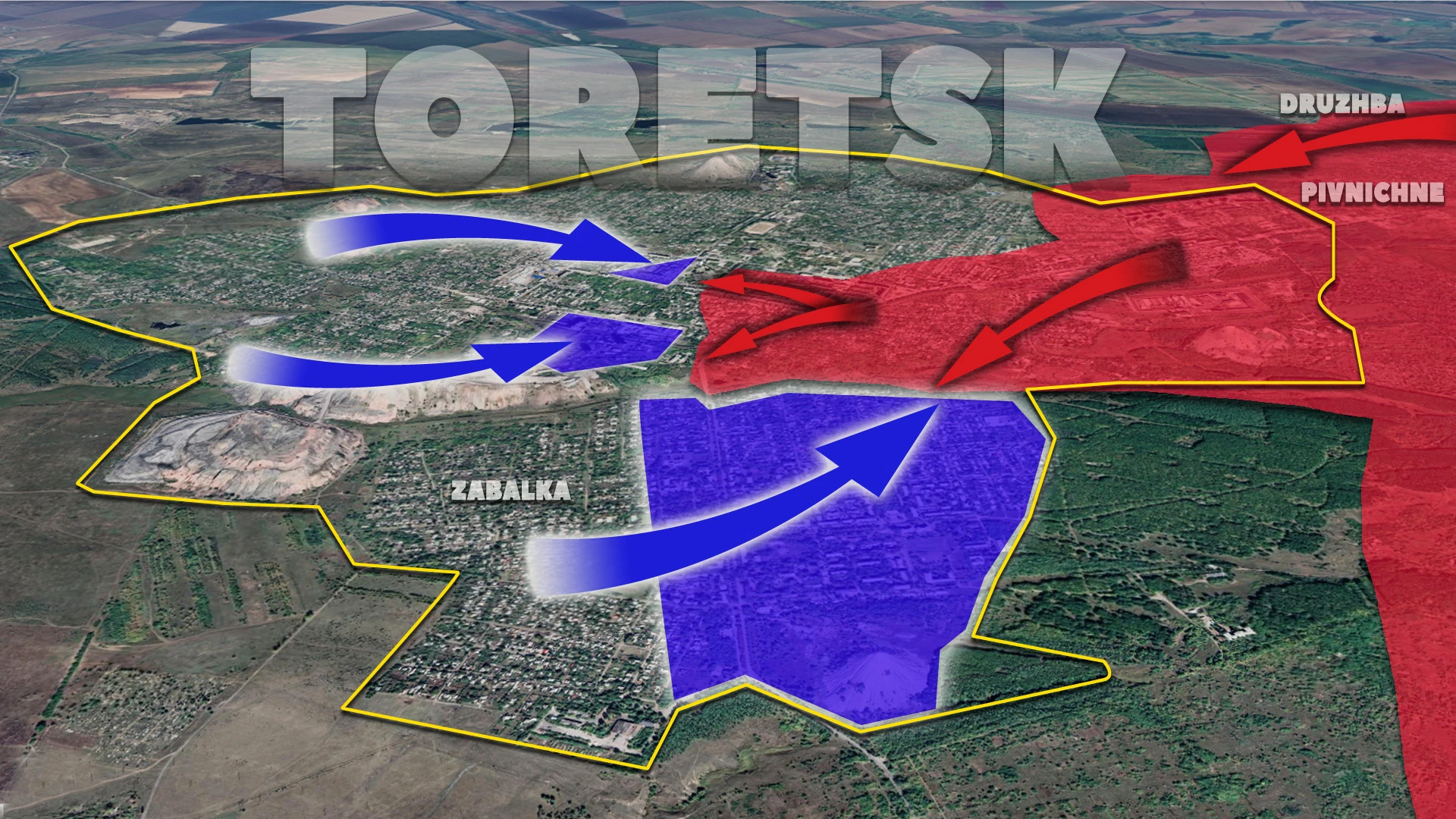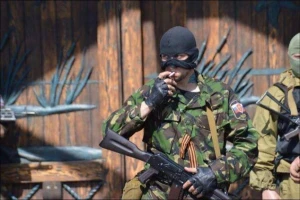
Does Ukraine have enough ATACMS to strike deep into Russia? Serhiy Zgurets’ column
ATACMS will most likely be deployed against Russian and North Korean forces to help defend Ukrainian positions in the Kursk region. In other areas, restrictions are likely to stay in effect
On allowing Ukraine to strike deep into Russia
The main topic now is the report that U.S. President Joe Biden has, for the first time, allowed Ukraine to use American missiles to strike Russian territory. This was reported by the American publication The New York Times. Specifically, it concerns American ATACMS ballistic missiles with a range of 300 kilometers. However, as of now, neither the White House nor the Pentagon has officially confirmed this information. Honestly, I would prefer that strikes on enemy targets come first, followed by explanations or announcements about permissions.
Journalists suggest that ATACMS will likely initially be used against Russian and North Korean forces to protect Ukrainian positions in the Kursk region. Regarding other areas, some restrictions are expected to remain in place. This raises the question: will this affect the course of the fighting? It certainly will, if ATACMS are used across the entire front line and not just in a limited area, such as a 30 km by 20 km zone in the Kursk region.
In September, during his visit to the U.S., President Zelenskyy mentioned a specific list of targets that required coordination with the United States. This was part of the Victory Plan presented by Zelenskyy, but the U.S. side had previously avoided granting such permission.
U.S. Secretary of Defense Lloyd Austin stated that, on one hand, there are not enough targets for ATACMS, and on the other, the U.S. does not have enough of these missiles to cover all the targets outlined by Ukraine in these negotiations. Austin’s statement was only partially accurate. According to the American Institute for the Study of War (ISW), there are at least 230 significant targets within 300 kilometers of Russian territory that could substantially influence the nature of the conflict. These include airfields, command centers, depots, and ammunition stockpiles—at least 12 airfields alone could fall within ATACMS range.

Indeed, Russia has relocated some military assets and moved some aircraft beyond the 300-kilometer range. However, command posts, depots, and other targets remain that could be effectively struck with ATACMS. This would be the ideal scenario, assuming there are no restrictions on their use.
How many ATACMS does Ukraine have or could obtain? The exact number of ATACMS in Ukraine’s possession is unknown. However, in one of the U.S. aid packages involving equipment for Ukraine, it was stated that over 100 long-range precision-guided missiles were delivered. This was the first quantitative estimate of the number of ATACMS potentially available to Ukraine. That transfer occurred in March of last year, and since then, it is likely that the majority of those missiles have already been used.
Further deliveries of ATACMS can be expected as part of the packages promised by the current U.S. administration, which has committed to providing assistance quickly and in significant quantities.
It is estimated that the U.S. Army currently has around 2,500 ATACMS missiles in its arsenal. These include both fragmentation warheads and cluster munitions, the latter of which the U.S. military no longer actively uses. It is possible that some of these missiles could be transferred to Ukraine, especially if the reports and discussions about their use prove to have a factual basis and a final decision to supply ATACMS for strikes against enemy territory is made.
International law imposes no restrictions on the use of long-range weapons within their effective range. Under the laws of war, Ukraine has the right to strike military targets without any limitations.
The U.S. decision to restrict Ukraine’s use of American weapons based on range is seen as an unjustified imposition of unilateral constraints on Ukraine’s self-defense. This approach exceeds the requirements of international law. The same issue applies to France and the UK, which have promised to supply Storm Shadow and SCALP missiles.
Interestingly, on November 18, when the French Foreign Minister commented on a Politico article suggesting that France and the UK might allow the use of their cruise missiles for strikes on Russian territory, his response did not definitively confirm that France had approved the use of SCALP missiles for such operations. This indicates that the situation remains uncertain until there is tangible evidence of ATACMS being used to target facilities on Russian soil.
Frontline situation – Toretsk direction
First, let’s discuss the Toretsk direction, where intense urban combat is ongoing in the city of Toretsk. Russian losses in the area reach 50-70 soldiers daily, according to Anastasia Bobovnikova, the spokesperson for the Luhansk Operational Tactical Group. The enemy is attempting to capture Toretsk and advance toward Kostiantynivka, Druzhkivka, and Kramatorsk. However, without taking Toretsk, these plans are unattainable. The invaders’ efforts are being thwarted by the courage and effectiveness of Ukrainian defenders.

Yevhen Alkhimov, the press officer of the 28th Separate Mechanized Brigade stationed in the Toretsk direction, reported that the enemy continuously tries to regroup and conduct assault actions in small groups. However, Ukrainian defenders prevent them from succeeding. The Russian army heavily relies on drones to disrupt Ukrainian logistics, which poses a significant challenge. Yet, the strike drone unit KURT and COMPANY and the drone systems battalion of the 28th Brigade are consistently detecting and eliminating enemy forces. While this work might seem routine to civilians, it is crucial for holding the defensive lines.
Alkhimov noted that Russian drones with fiber-optic connections have been encountered. The Russians are increasing their drone usage to strike at Ukrainian infantry and logistics, focusing much of their effort on this tactic.

The press officer explained that the invading army primarily attacks during the day, as night assaults require highly skilled infantry equipped with advanced tools like night vision devices and thermal imaging. Such units, referred to as "second infantry," are expensive and rarely used, even by Russia. At night, the greatest threat comes from drones equipped with thermal imaging systems, dropping explosives.

Alkhimov also highlighted that November 18 marks Sergeant’s Day in Ukraine. He praised the brigade’s strong core of sergeants, many of whom began their service before the full-scale invasion. The most talented soldiers are sent to courses to become sergeants, requiring them to complete training at multiple centers. Those who choose the path of a sergeant are true titans, as it is the sergeant who always remains on the frontlines with their men in arms.
- News














































